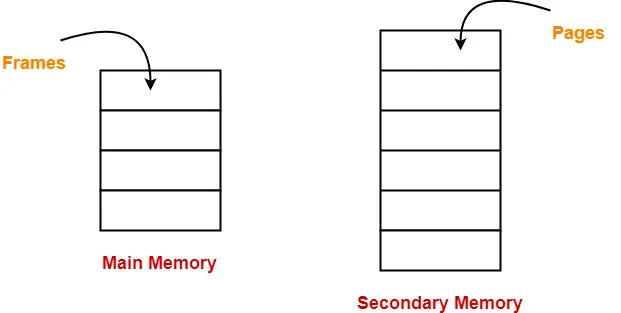

Paging is a memory management scheme used in modern operating systems to handle memory allocation and access. It provides a way to divide the physical memory into fixed-size blocks called "pages," and the logical memory into blocks of the same size called "page frames." Each process is divided into equal-sized chunks called "pages," which are mapped to available page frames in physical memory.
When a process needs to access a specific memory address, the operating system translates the virtual address into a physical address using a page table. The page table keeps track of the mapping between virtual pages and physical page frames. If the required page is not currently present in physical memory, a process called "page fault" occurs, and the operating system fetches the required page from secondary storage (such as a hard disk) into an available page frame in memory.
Paging provides several advantages, including:
Paging is a fundamental concept in modern operating systems and plays a crucial role in managing memory efficiently. Understanding how paging works is essential for developers and system administrators to optimize memory usage and improve overall system performance.
Features of paging:
Mapping logical address to physical address.
Page size is equal to frame size.
Number of entries in a page table is equal to number of pages in logical address space.
The page table entry contains the frame number.
All the page table of the processes are placed in main memory.